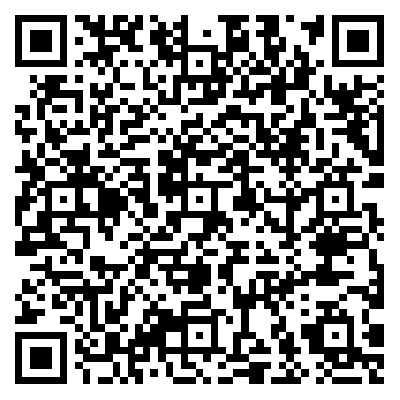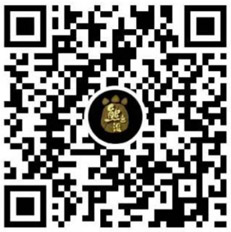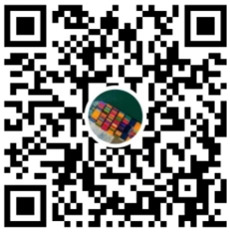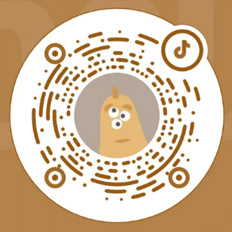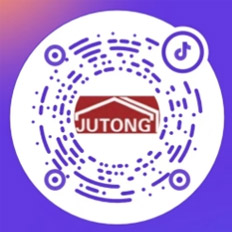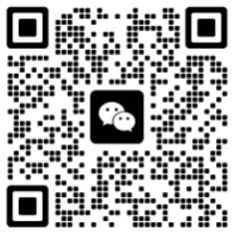
Import DeclarationThe complexity and importance of the import customs clearance process, as an indispensable part of trade, are self-evident. Customs declaration, in short, refers to the process in which the declarant declares and submits the required documents and certificates to the customs during the import and export of goods, and requests the customs to handle the relevant procedures for the import and export of goods. At this stage, it is usually necessary to submit a series of necessary documents including contracts, invoices, packing lists, bills of lading, etc. to ensure the legality and compliance of the goods.
Import customs clearance refers to the procedures that should be carried out in accordance with various laws, regulations, and provisions when importing, exporting, or transferring goods into or out of a country's customs territory. This process involves collaboration among multiple departments such as customs, inspection and quarantine, and taxation, aiming to ensure the maintenance of trade order and the protection of consumer rights. During the import clearance process, customs personnel will conduct a detailed inspection of the goods, verify whether the import declaration matches the actual goods, and at the same time, impose taxes or exempt the goods according to relevant laws and regulations.
The process of import customs declaration and clearance is not static, but constantly adjusted and improved with the changing trade environment. In recent years, with the booming development of e-commerce and the increasing frequency of cross-border trade,Import DeclarationThe process of import customs clearance also faces new challenges and opportunities. In order to cope with these changes, customs of various countries have strengthened information technology construction, improved customs clearance efficiency, and strengthened cooperation to jointly combat smuggling and fraud.
The process of import customs clearance
1. Change order - Go to the freight forwarder or shipping company to change the D/O (determine which party to change the order to based on the bill of lading - MB/L shipowner's bill of lading, HB/L freight forwarder's bill of lading)
2. Electronic declaration - computer pre recording, document review, sending, contacting/releasing with customs.
3. After electronic declaration and release, go to the inspection bureau with one of the four copies of the customs declaration form to handle the quotation procedures, issue the customs clearance form or stamp the three inspection seals.
4. On site Handover Form - Customs On site Handover Form
5. Inspection - Customs will conduct inspections based on the supervision conditions of the declared product name and the probability of inspection on the same day. If there is an inspection, an inspection notice will be issued
6. Release - If there is no inspection in point 5, it can be released directly; If inspection is carried out, it can only be released after the inspection is completed.
The process of import customs declaration
1. The shipper shall use the arrival notice, original bill of lading (or electronic bill of lading) to pay the replacement fee to the shipping company and replace the import bill of lading;
2. Prepare all necessary import customs clearance documents. This involves packing list, invoice, contract, customs declaration, and inspection authorization letter. If it is a wooden product, a fumigation certificate is also required. Specific products require corresponding special documents.
3. Within 7 working days of printing the tax invoice at customs, the shipper is required to pay the taxes and fees. If the deadline is exceeded, a late fee must also be paid.
4. After customs clearance inspection and release, the shipper needs to promptly pay the customs clearance and other advanced fees to the relevant agency company. It is worth noting that relevant declarations must be made within 14 days of the arrival of the goods at the port. If the time limit is exceeded, the customs will charge a daily demurrage fee.
The process of import customs declaration and clearance is an indispensable part of trade, and its complexity and importance cannot be ignored. With the continuous development and changes in global trade, we have reason to believe that the future import customs declaration and clearance processes will be more efficient, convenient, and secure.
